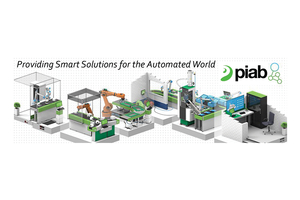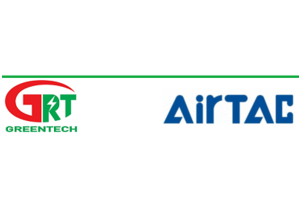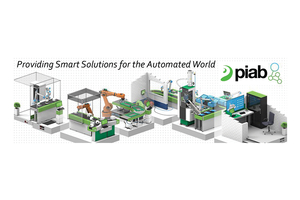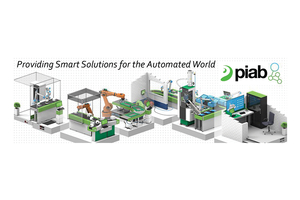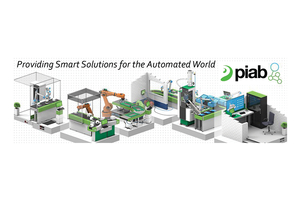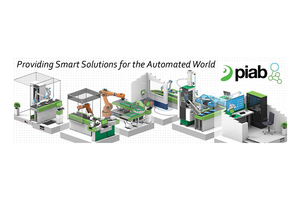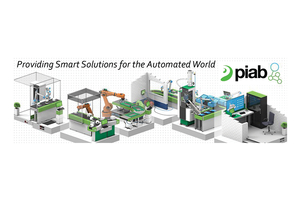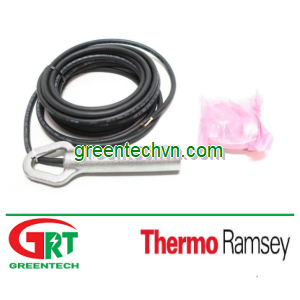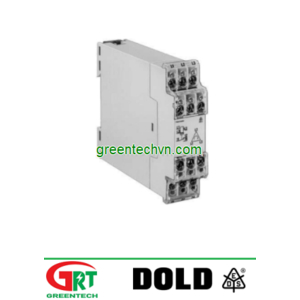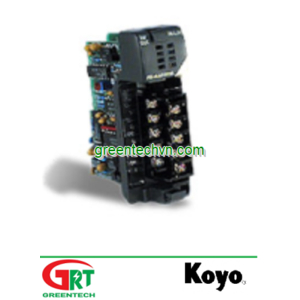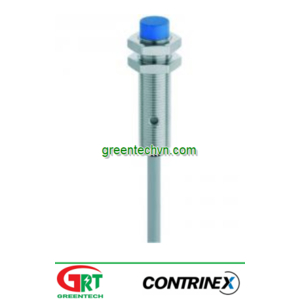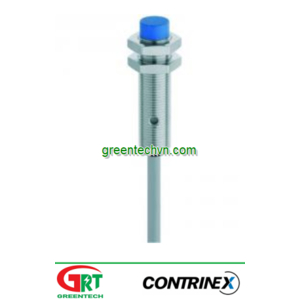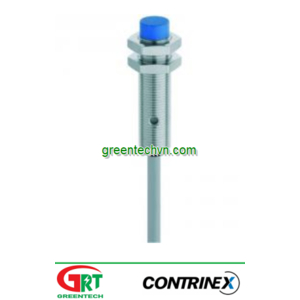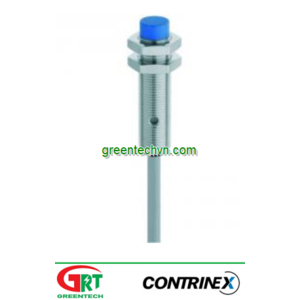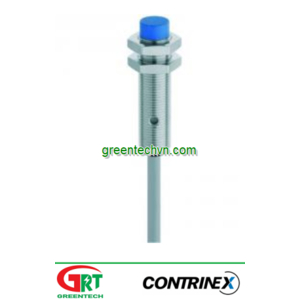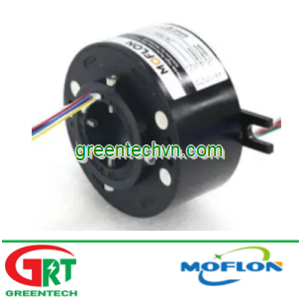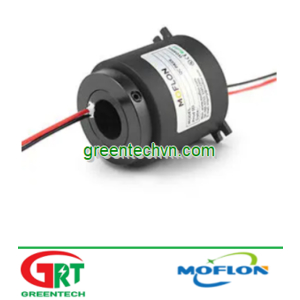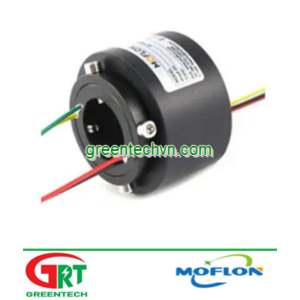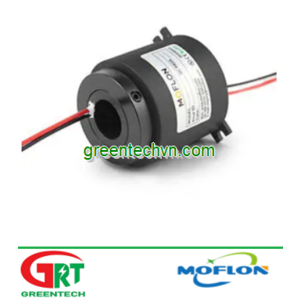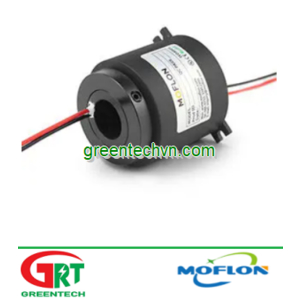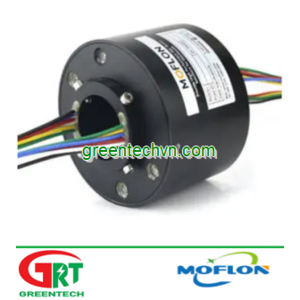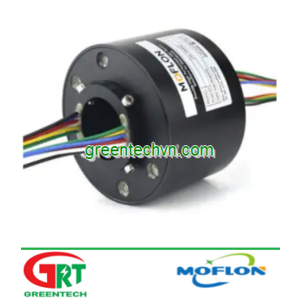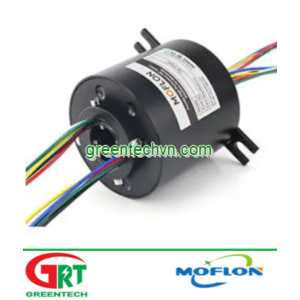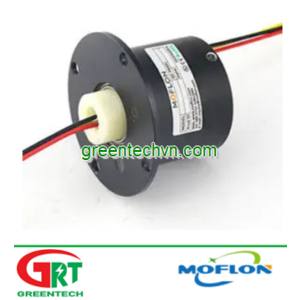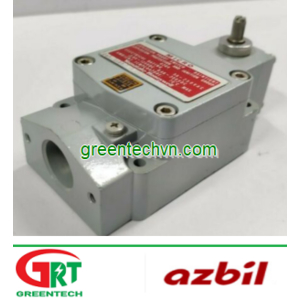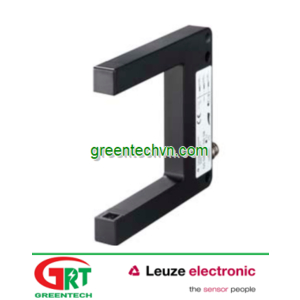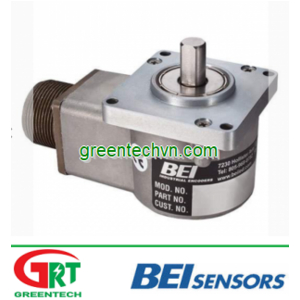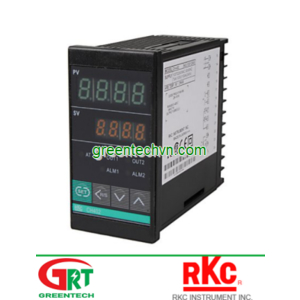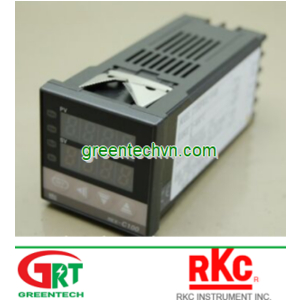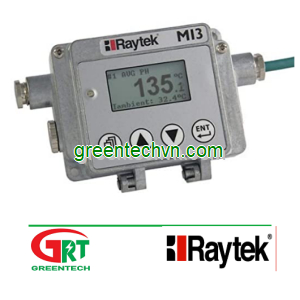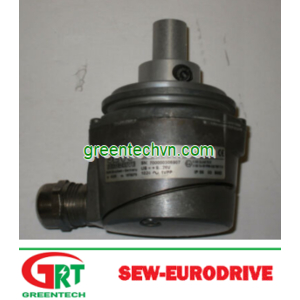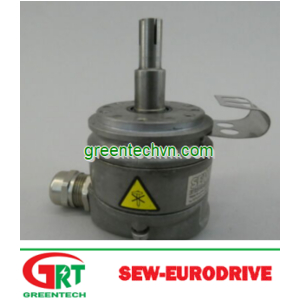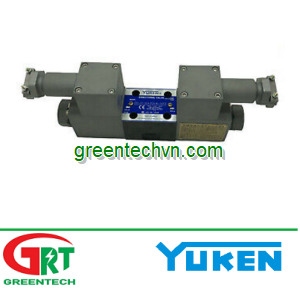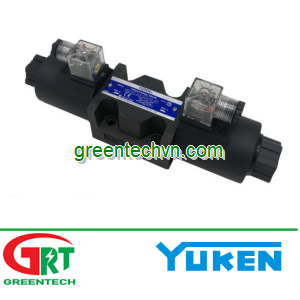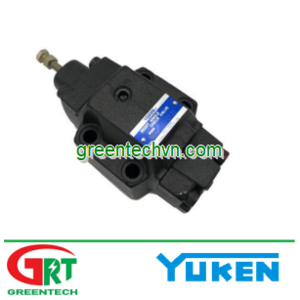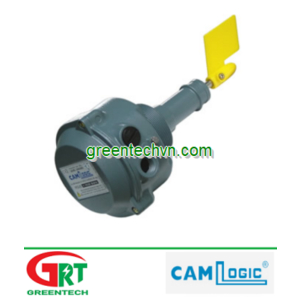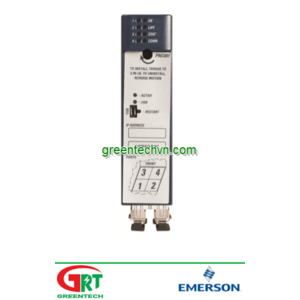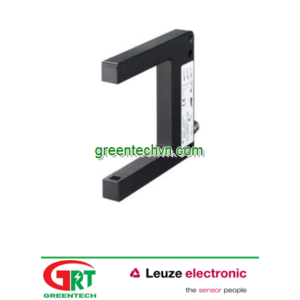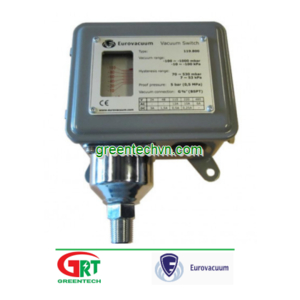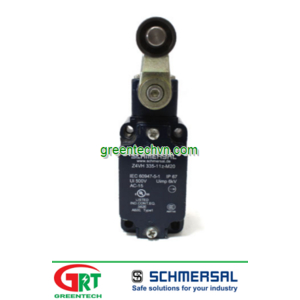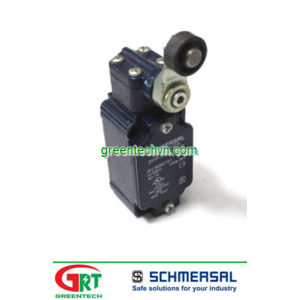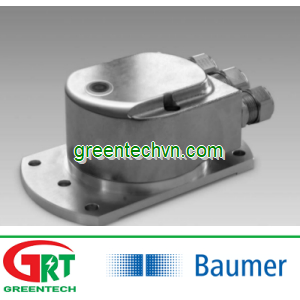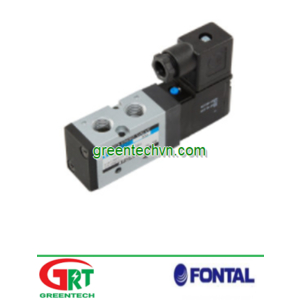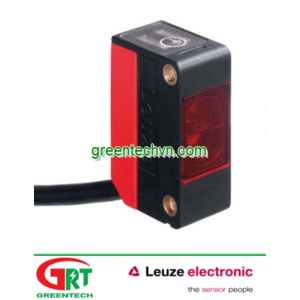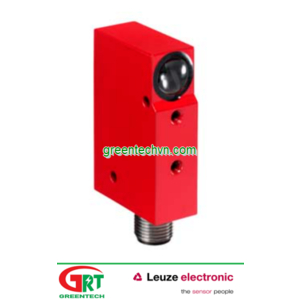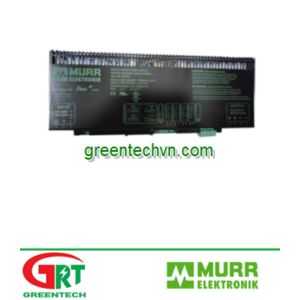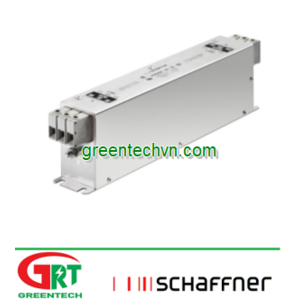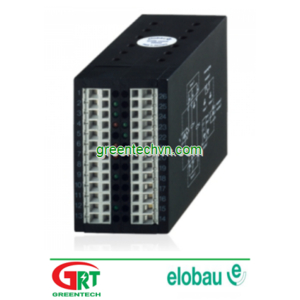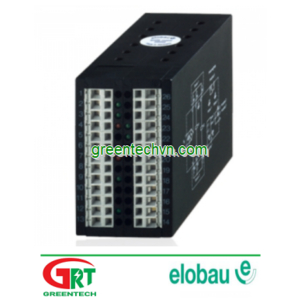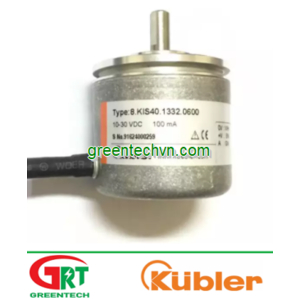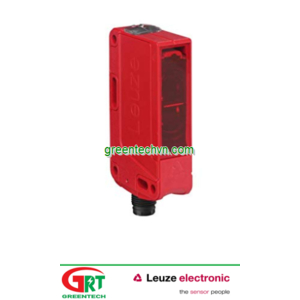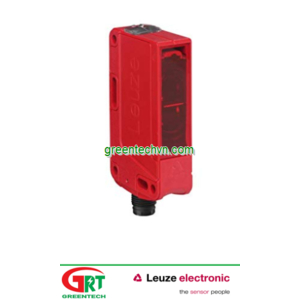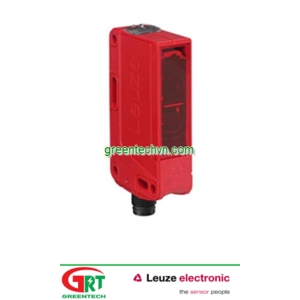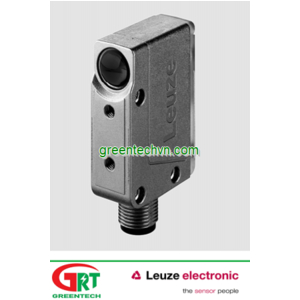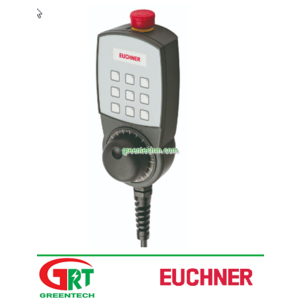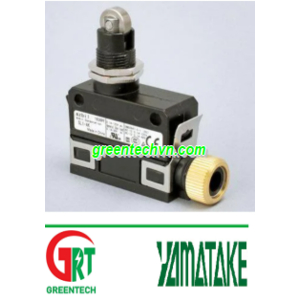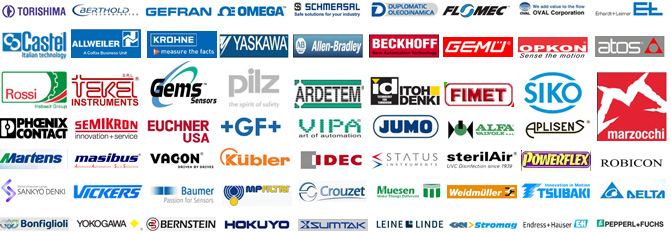4.3 Guarding (hàng rào cao, sửa chữa hướng dẫn, khoảng cách an toàn, vv)
bảo vệ cứng ngăn chặn truy cập vào vùng nguy hiểm và đồng thời cũng bảo vệ (tùy thuộc vào mô hình) đối với dự (ném ra) các đối tượng và (tùy thuộc vào mô hình) đối với lượng khí thải nguy hiểm khỏi máy. EN ISO 12.100-2 và EN 953 "An toàn máy móc - Guards - Yêu cầu chung về thiết kế và xây dựng bảo vệ cố định và di" chứa các yêu cầu quy phạm xây dựng. Chiết xuất từ các yêu cầu quan trọng nhất được liệt kê trong các phần sau. Chiều cao của các hàng rào bảo vệ, hở hoặc lưới kích thước của màn hình dây phải được chiều, đủ xa từ quan điểm của các hoạt động mà họ không thể đạt được với bất kỳ bộ phận cơ thể (xem ví dụ EN ISO 13.857).
4.3.1 bảo vệ cố định
bảo vệ cố định luôn luôn có thể được sử dụng khi truy cập vào các khu vực nguy hiểm là không cần thiết trong quá trình hoạt động bình thường. Chúng bao gồm các hàng rào bảo vệ, hàng rào, bao cố định, vv bảo vệ cố định cũng thường được sử dụng kết hợp với các thiết bị bảo vệ quang điện tử như thiết bị bảo vệ bổ sung.
EN ISO 12.100-2 yêu cầu bảo vệ cố định phải được giữ vững vị trí của mình với các biện pháp xây dựng:
hoặc vĩnh viễn (ví dụ hàn)
hoặc với các yếu tố cố định (các loại hạt, bu lông) mà yêu cầu sử dụng một công cụ. Nếu có thể, nó không nên có thể để giữ chúng ở vị trí bảo vệ sau khi các yếu tố cố định đã được nới lỏng.
hoặc vị trí-giám sát với các công tắc an toàn kiểm soát kết nối để các phong trào nguy hiểm bị chặn với việc loại bỏ các thiết bị bảo vệ (xem EN 1088).
Chiều cao và an toàn khoảng cách bảo vệ cố định
EN ISO 13.857 "An toàn máy móc - một khoảng cách an toàn để ngăn chặn vùng nguy hiểm đã được tiếp cận" gồm có hai bảng cho dimensioning chiều cao và yêu cầu khoảng cách an toàn các thiết bị bảo vệ cố định cứng bảo vệ phù hợp với chiều cao của các điểm hoạt động. Bảng 1 chứa các khuyến nghị đo kích thước cho các mối nguy hiểm với rủi ro thấp; Bảng 2 chứa các khuyến nghị đo lường cho các ứng dụng có nguy cơ cao.
chú thích
Các Leuze điện tử dịch vụ tư vấn trực tuyến "An toàn-Know-how" tại www.safety-at-work.leuze.de chứa một thuật sĩ tính tương tác cho dimensioning vệ cứng cố định theo EN ISO 13.857 trong chương thông tin ứng dụng.
4.3 Guarding (fence heights, fixing instructions, safety distances, etc.)
Hard guards prevent access to danger zones and at the same time also protect (depending on the model) against projected (thrown out) objects and (depending on the model) against dangerous emissions from the machine. EN ISO 12100‑2 and EN 953 "Safety of machinery - Guards - General requirements for the design and construction of fixed and moveable guards" contain normative requirements for construction. Extracts of the most important requirements are listed in the following sections. The height of the protective fences, openings or mesh sizes of wire screens must be dimensioned and far enough away from the point of operation that they cannot be reached with any body parts (see e.g. EN ISO 13857).
4.3.1 Fixed guards
Fixed guards can always be used when the access to the danger zone is not required during the normal operation. These include protective fences, barriers, fixed covers, etc. Fixed guards are also frequently used in combination with optoelectronic protective devices as supplementary protective devices.
EN ISO 12100-2 requires that fixed guards must be firmly held in their place with constructive measures:
- either permanently (e.g. welded)
- or with fixing elements (nuts, bolts) that require the use of a tool. If possible, it should not be possible to keep them in the protective position after the fixing elements have been loosened.
- or position-monitored with the control-connected Safety Switches so that the dangerous movement is blocked with the removal of the protective device (see EN 1088).
Height and safety distances of fixed guards
EN ISO 13857 "Safety of machinery - Safety distances to prevent danger zones being reached" contains two tables for dimensioning the height and required safety distance of fixed hard guard protective devices in accordance with the height of the point of operation. Table 1 contains dimensioning recommendations for hazards with low risk; table 2 contains measurement recommendations for applications with high risk.
Note
The Leuze electronic online advice service "Safety-Know-How" at www.safety-at-work.leuze.de contains an interactive calculation wizard for dimensioning fixed hard guards in accordance with EN ISO 13857 in the application information chapter.

4.3.2 Moving guards
If the access to the danger zone is required during the normal operation or for maintenance work, electro-sensitive protective equipment, such as Safety Light Curtains or moveable guards such as protective doors or flaps, must be used. These kinds of moveable protective devices must be position-monitored via Safety Switches or Safety Locking Devices, and electrically connected with the control unit (for further requirements see EN ISO 12100-2).
EN 1088 essentially differentiates two types of Safety Switches (referred to as "interlocking devices" in the standard). "Interlocking devices without guard interlocking" and "Interlocking devices with guard interlocking". These Safety Switches must be set up so that they cannot be easily manipulated.
Moveable guards with Safety Switches (without guard interlocking)
Safety Switches (without guard interlocking) are used for position monitoring of protective doors or flaps, for example. The guard can be opened at any time. As soon as the hard guard is no longer closed a stop command is generated. An appropriate safety distance from the protective device to the point of operation must be observed so that the dangerous movement is stopped in good time before the point of operation can be reached.
If a C standard or other machine-specific specifications are not available, the required safety distance S can be determined with the calculation formula provided in EN ISO 13857, for example:
| S = (K * T) + C |
|---|
| S | Minimum distance in millimeters measured from the danger zone to the Safety Switch |
| K | 1600 mm/ms approach speed of the body or body parts in millimeters per second |
| T | Run-on of the entire system in seconds |
| C | Additional distance (taken from table 4 of ISO 13857, if it is possible to insert fingers or hand through the opening towards the hazard zone before a stop signal is generated.) |
For Leuze electronic Safety Switches (without locking device) see pages 338 to 376 .
Moveable guards with Safety Locking Devices
Safety Locking Devices keep the guard in a closed position. They are always used when the dangerous machine function has not ended after the protective device has been opened, before a person can reach the point of operation (e.g. with long machine stopping times). With the guard interlocking the guard stays closed until the dangerous state has ended.
Machine protection is a further application area. Safety Locking Devices are frequently also used when undefined interruptions of the production process are to be prevented for process safety reasons (see also, EN IEC 60204‑1, Item 9.4.1).
EN 1088 differentiates with the technical configuration of power-actuated interlocking devices between two variants:
- Spring force-actuated and electrically unlocked (e.g. electrical signal)
- Power-actuated (e.g. electro-magnet) and spring-force unlocked
Safety Locking Devices with spring force-actuated interlocking also remain interlocked with a power failure on the entire machine and therefore keep a protective door blocked, including during the machine’s overtravel period. Because of this property they are preferred over the power-actuated (magnetic-force actuation) Safety Locking Devices for people protection applications. Magnetic-force actuated guard interlockings are frequently used for machine guarding.
For Leuze electronic Safety Locking Devices, see pages 378 to 404 .






